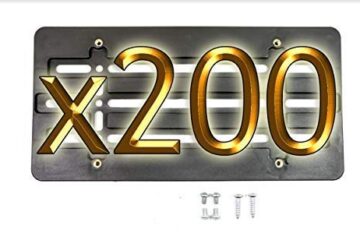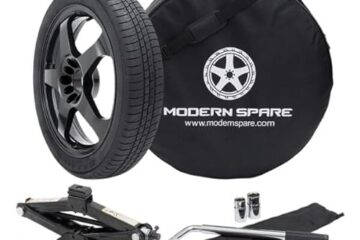3 Link Suspension Vs 4 Link: Ultimate Comparison Guide.
A 4 link suspension setup typically provides better handling while a 3 link system is simpler and less expensive. Suspension geometry and installation expenses are the major distinctions between the two.
A 4 link suspension setup is more complex and requires precise geometry to perform, whereas a 3 link suspension is simpler but not as adaptable. The 3 link setup also necessitates the use of a panhard bar or watts link and is more susceptible to axle wrap, while the 4 link’s improved geometry and adjustability can prevent this.
The 4 link system is the preferred choice for high-performance applications that require adjustments to the suspension geometry to optimize handling characteristics. On the other hand, a 3 link system is an easier and less expensive option that is ideal for daily drivers who do not need high-performance suspension features.
A Brief Overview Of 3 Link Suspension
The 3 link suspension offers enhanced front axle articulation, improved traction, and better stability. It also lowers the vehicle’s center of gravity and is easy to install and maintain. Compared to a 4 link suspension, it is less expensive. However, it has limited adjustability and fine-tuning options, and it can be prone to binding or unwanted flex.
As a result, it is not suitable for vehicles with heavier loads. Despite these drawbacks, the 3 link suspension remains a popular choice among off-road enthusiasts who prioritize performance and affordability. With its unique benefits and drawbacks, it provides an interesting alternative to other suspension systems on the market.
A Brief Overview Of 4 Link Suspension
A 4 link suspension provides greater adjustability and flexibility compared to a 3 link system. It reduces axle wrap and wheel hop, resulting in consistent ride control and handling. This type of suspension is ideal for vehicles with heavy loads or towing needs.
However, the installation costs are expensive, and it is more complicated to install than a 3 link system. Regular maintenance is also required, and the suspension system has a higher center of gravity. Despite these drawbacks, a 4 link suspension is a popular choice for off-road enthusiasts who prioritize performance and handling.
Comparison Between 3 Link And 4 Link Suspension Systems
The debate over which suspension system is superior has been ongoing for years. Let’s compare the differences between the 3 link and 4 link suspension systems. A 3 link suspension has two lower control arms and a panhard bar. This is an excellent option for those who want to lower their car and improve its handling.
A 4 link suspension, on the other hand, has two upper control arms and two lower control arms. This suspension type is better suited for off-road vehicles and provides excellent traction. Ultimately, it comes down to your driving style and intended usage.
Each system has its advantages and disadvantages. Choose wisely and enjoy your ride!
Frequently Asked Questions Of 3 Link Suspension Vs 4 Link
What Is A 3 Link Suspension System?
A 3 link suspension system uses two lower control arms and a single upper control arm to support the axle.
What Is A 4 Link Suspension System?
A 4 link suspension system uses four separate links that connect the axle to the chassis, providing better adjustability.
Which Is Better, 3 Link Or 4 Link Suspension?
It depends on your needs. A 3 link suspension is simpler and less expensive, but a 4 link suspension allows for more adjustability and better articulation.
Conclusion
Now that we have explored the differences between 3 link suspension and 4 link suspension, deciding which one to use ultimately comes down to your specific needs and preferences. While a 3 link suspension may be simpler and more affordable, a 4 link suspension provides better adjustability and overall performance.
However, regardless of which one you choose, proper installation and maintenance are crucial to ensuring optimal performance and safety. Regular inspections of the suspension components, including bushings and links, are highly recommended. In the end, understanding the advantages and disadvantages of each suspension system can help you make an informed decision based on your unique needs and goals.





0 Comments